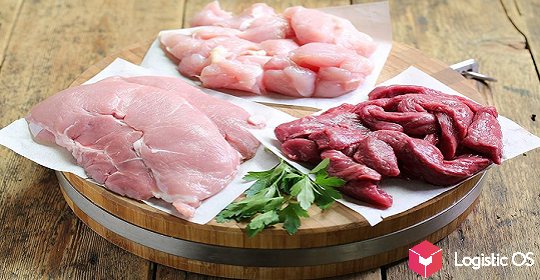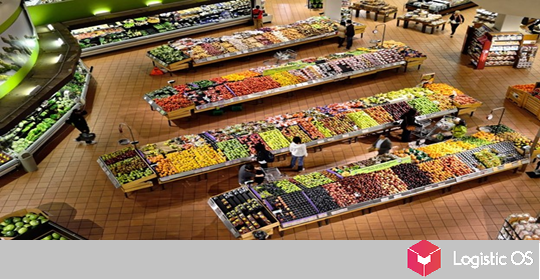If we compare the period from January 1 to December 25, 2022 with the same period of the previous year, then Russia delivered 3.5 times more flour abroad.
According to the Ministry of Agriculture, during this period, the total volume of deliveries amounted to about 880 thousand tons, if we summarize the data for wheat and rye-wheat flour.
At the same time, starting from April, about 60 thousand tons were exported every month, and in June there was even a record — 100 thousand tons.
Who buys Russian flour?
Georgia turned out to be the largest buyer, it purchased as much as 200,000 tons. Compared to the previous year, this is an increase of almost 5 times.
Besides:
Iran increased flour imports from Russia 12 times, up to 160,000 tons.
Afghanistan — 5 times, up to 130 thousand tons.
Turkey — 80 times, up to 80 thousand tons.
Turkmenistan — by 4.5 times, up to 45 thousand tons.
In addition, new countries appeared among the importers of Russian flour, for example, Egypt, Uganda, Senegal, Sri Lanka.
The main regions of the Russian Federation, which provided flour supplies for export last year, were the Stavropol Territory, North Ossetia and Moscow.
What are the prospects for the export of Russian flour?
Experts evaluate them quite positively.
As the head of the Rosselkhoznadzor Sergey Dankvert noted, last year they managed to solve the problem that had been hanging for decades and increase both production and export of flour.
In many respects, this happened according to the principle “there would be no happiness, but misfortune helped”: due to quotas and duties on the export of grain abroad, it became much more profitable to process it into flour on the territory of the country.
At the same time, Russian millers are far from reaching their limit: they are quite capable of producing up to 2-3 million tons of flour per year.
Of course, it is unlikely that it will be possible to process all excess grain into flour, because this greatly complicates both transportation and storage. However, there are still opportunities for growth.
At the same time, there are also constraining factors for the development of the flour-grinding industry in Russia:
Almost complete lack of state support, millers are not even included in the state program for the development of the agricultural sector.
Difficulties with logistics — due to the large territory of Russia, the cost of transporting flour can be up to 30% of its cost.
Last year we also faced restrictions on transactions, insurance and charter of ships carrying Russian cargo.
Nevertheless, the expansion of flour supplies abroad is still possible. First of all, the emphasis can be placed on the countries of the Middle East, as well as China, experts say.

